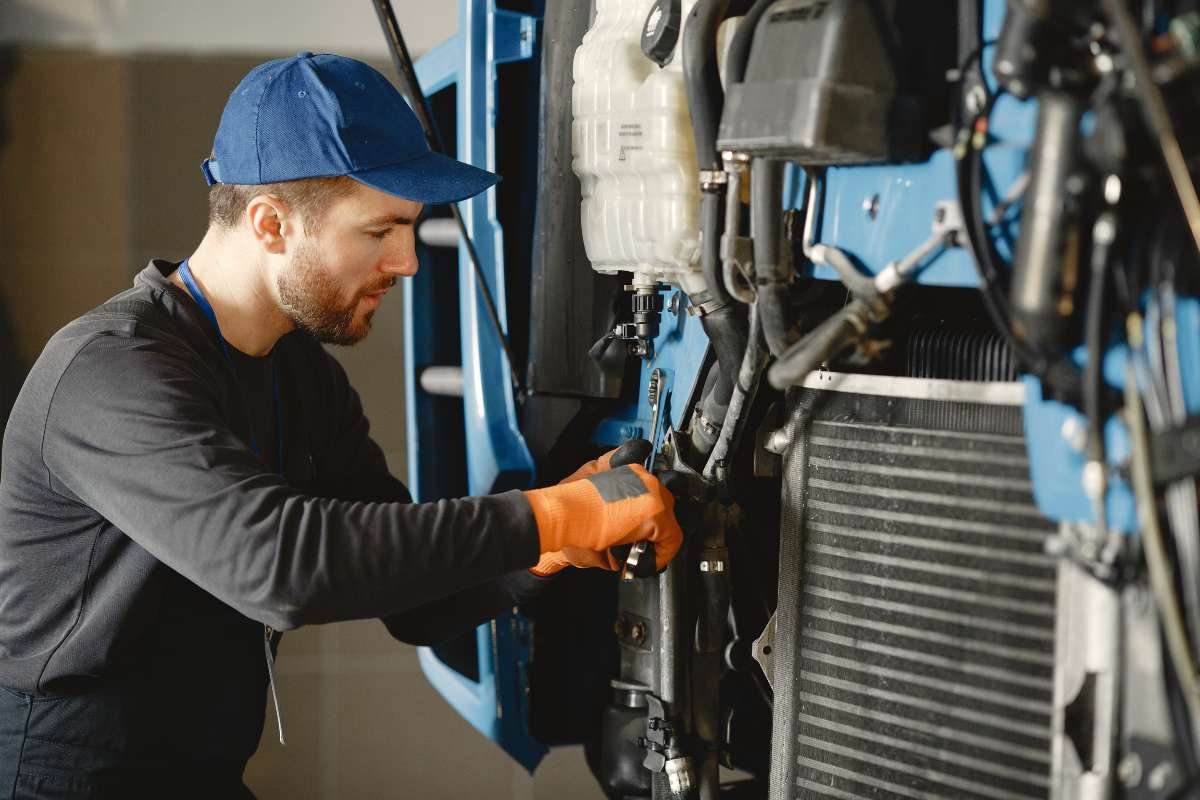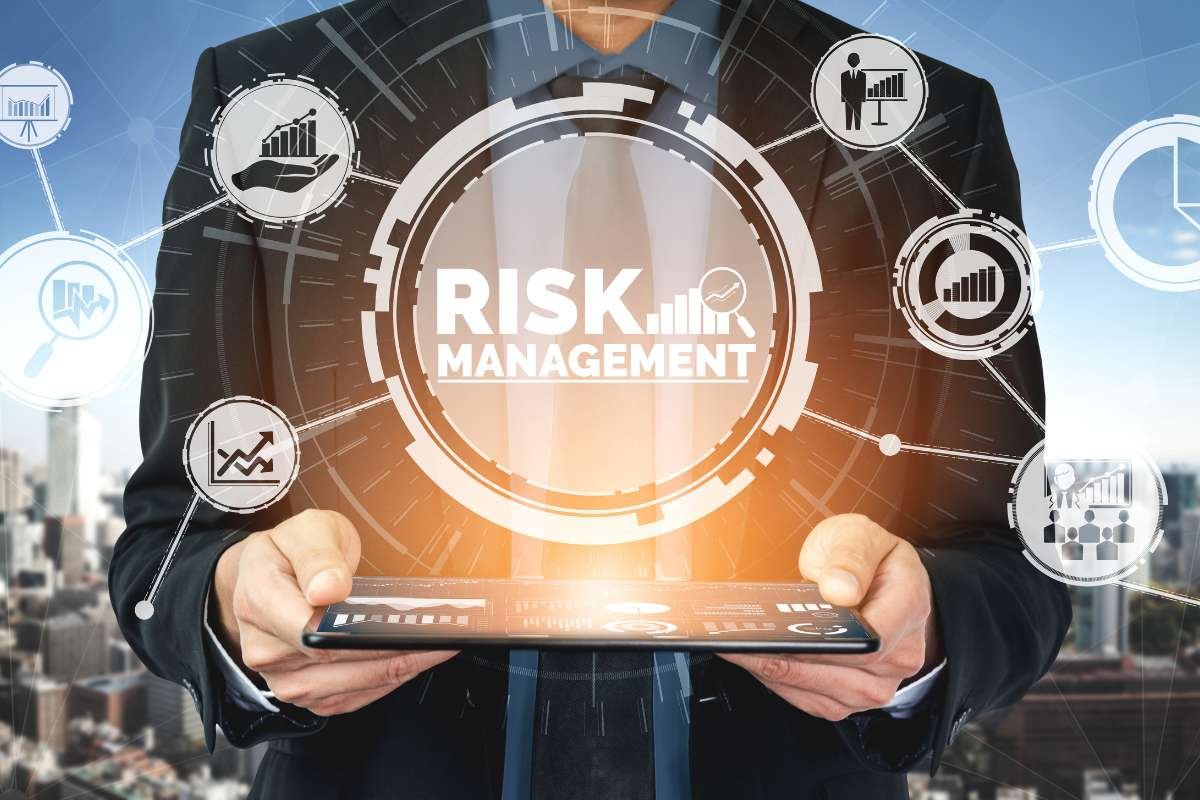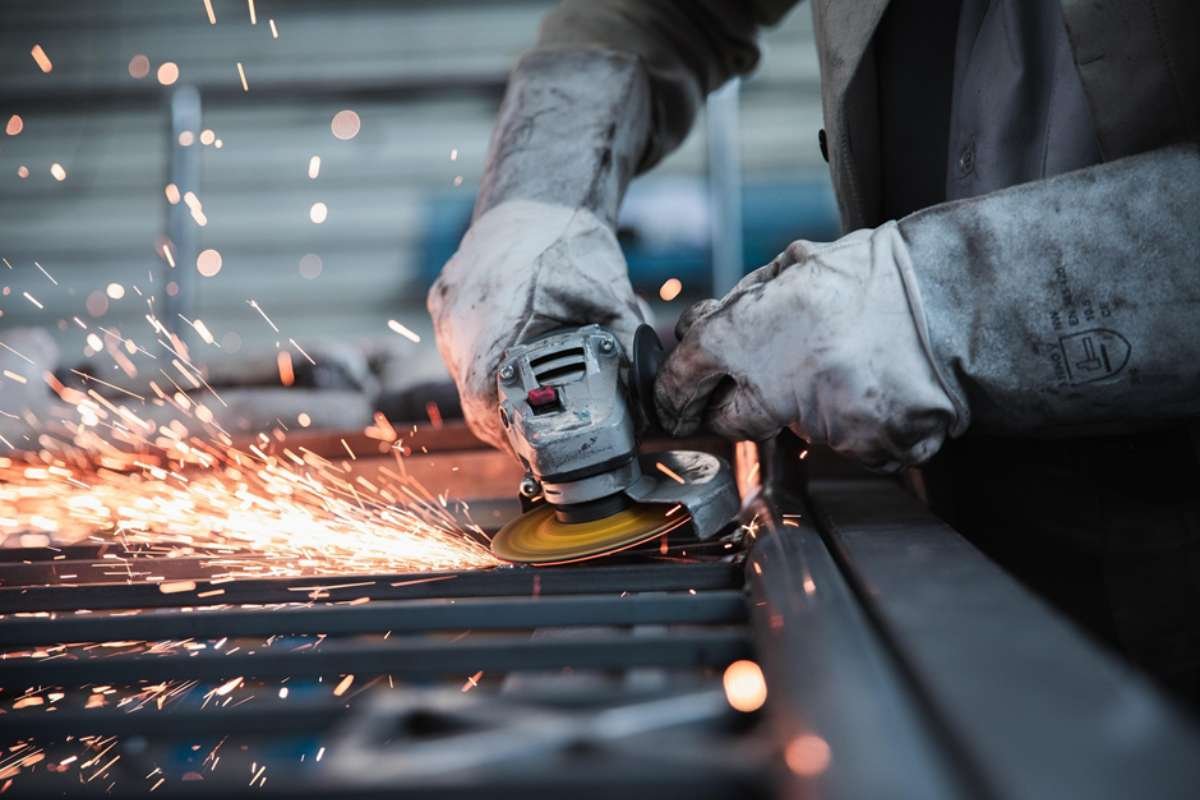From computers and servers to large machinery and manufacturing tools, business equipment is the foundation of many businesses. Without it, client satisfaction may suffer, expenses may increase, and production may stagnate. Therefore, knowing how to maintain equipment isn’t only about keeping it in good working order; it’s also about protecting your business and your earnings.
For many businesses, a lack of clear procedures and forethought is typically the cause of equipment damage. You can safeguard not just your employees but also the equipment and technology they depend on on a daily basis by adhering to fundamental workplace safety guidelines. Therefore, knowing about business equipment maintenance isn’t only about keeping it in good working order; it’s also about protecting your business and your earnings.
The Significance Of Equipment Protection

Business equipment maintenance is a key part of managing a company’s finances and reputation. While the cost of equipment replacement or maintenance is significant, companies must also contend with expenses from service interruptions, downtime, and potential damage to their brand. In industries like IT, healthcare, and construction since broken equipment can also impact safety and compliance.
Taking a proactive stance lowers dangers before they become more serious. Businesses should focus on preventive measures that keep equipment safe and functional rather than responding to issues after they arise.
Realistic Strategies To Lower The Chance Of Equipment Damage
1. Frequent Upkeep and Inspections
The first line of protection against unplanned malfunctions is a planned inspection and maintenance schedule. This makes it possible to identify problems early on before they become significant and expensive ones. Maintaining thorough servicing records also guarantees responsibility and adherence.
2. Provide Appropriate Staff Training

Inappropriate use is the primary cause of many equipment damage incidents. In addition to safeguarding your assets, making sure all staff members receive comprehensive training also reduces safety hazards. Clear operating manuals and refresher courses can help to reinforce best practices.
3. Give Safety Evaluations Priority
Not all hazards are immediately apparent. It is crucial to use an arc flash study in sectors that work with high-voltage systems. This procedure detects possible risks, guarantees that equipment satisfies safety regulations, and offers information on protective gear and staff training needs. Businesses can protect employees and avoid equipment damage by reducing electrical dangers.
4. Establish an Unambiguous Usage Policy
Misuse is decreased by establishing guidelines for who can use what, when, and how. Unqualified personnel operating tools or overworking them are prevented by having clear guidelines, which also serve to maintain accountability.
The Benefits Of Risk Mitigation Over Time

Avoiding repair expenses is only one aspect of reducing the risk of damage to company equipment. Effective business equipment maintenance increases employee confidence, decreases operational downtime, and fosters a culture of safety. Businesses see increased productivity, more effective use of resources, and more adherence to industry standards over time.
The capacity to service your clients and uphold your reputation is most significantly protected when you protect your equipment. That peace of mind is priceless for companies trying to expand in a sustainable manner.









